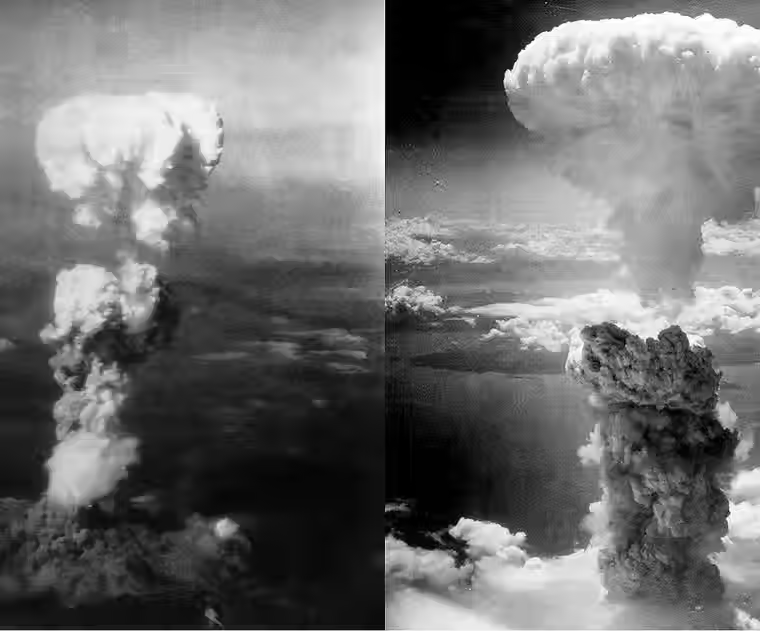
Peter Krämer provided a wide-ranging and rich analysis of science fiction cinema. Focusing on box-office hits, Peter identified themes that pervaded, with eerie repetitiveness, cinema throughout the 1950s-1970s: "space-based weapons, dangerous primitive alien life forms, intelligent humanoid visitors from other planets" (among others). Peter argues that Hollywood at this time continually promulgated a pessimistic vision of humanity under threat and a world in danger of complete annihilation. But if pessimism defines so many productions, Peter suggests that 2001: A Space Odyssey was an exception, offering, for many viewers, a more "hopeful" vision for space exploration and the future of humanity. Peter concluded his talk with a reflection on Hollywood cinema post 1977, considering the interplay and tension between themes of hope/comfort and despair/destruction in so many of our era's biggest hits. Peter's ideas had already received some attention in the Pop Matters live broadcast (see above) and were developed and discussed to exciting new levels here. Click to the right to listen to the talk in full and below for images illustrating particular sections of the talk. See the "Further Resources" section for links to more of Peter's writing, including his influential book 2001: A Space Odyssey.
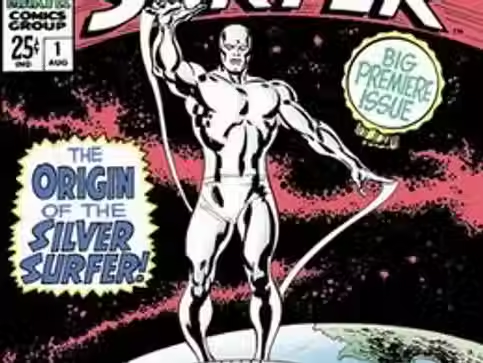
5mins 30 secs: Silver Surfer #1 (1968). Peter provided some personal reminiscences of his encounter with space themes as a child, notably in comics such as Silver Surfer

11mins 24 secs: Cixin Liu's novel The Wandering Earth (2000) was turned into film in 2019. Though less known to western audiences, this was an enormous hit in China. Peter used this film as an entrance point to begin identifying ideas and trends present throughout blockbuster films of late 20th and early 21st century. Listen in for a full discussion

21mins 21 secs: Peter argued that the fear of global annihilation pervades Cixin Liu's work, just as it does so many Hollywood science fiction films. In this novel, Supernovq Era, an explosion many light years away "reaches Earth and causes the death of everyone over the age of 12." A "terrifying theme" for the very reason it is a real possibility.

26mins 8 secs: Theatrical poster for 20,000 Leagues Under the Sea. Credit: Disney. Peter provided some background to science fiction cinema's success at the box office prior to and after 2001's release. 20,000 Leagues Under the Sea (1954) was the only science fiction film to reach the box-office top 20 list during the years 1950-1958 (n0. 2 in 1954). 1959-67, "the genre establishes itself at the box office" with 1 or two sci-fi releases in the top twenty "almost every year." 1968 marks key year in blockbuster science fiction films with the release of Planet of the Apes and 2001, both top ten hits. They would prove influential on the thems developed in hit films of the following decade (listen from here for further discussion).

41 mins: Star Wars theatrical poster. Credit: 20th Century Fox. The years 1977-1979 saw a slew of high-profile science fiction releases, including the first Star Wars film, the poster for which is above.

43mins 20 secs: Left - image of the Hiroshima bombing (1945). Uncredited. Right - image of the Nagasaki bombing, taken by Charles Levy. Both public domain. Peter suggested that the dropping of the atom bomb, and, subsequently, fears of nuclear war throughout the post-war era, would impact filmmakers and influence the pessimistic themes and anxieties present in science fiction cinema.

54 mins: 2001: A Space Odyssey theatrical poster. Credit: MGM. Peter argued that 2001 "combined worries about nuclear war with a belief in the existence of extra-terrestrial intelligence and its interference with earthly affairs in the past, present and future.
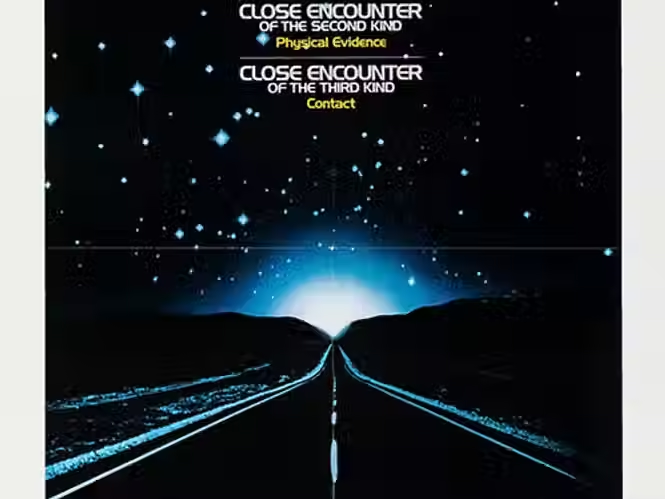
60mins 50 secs: Close Encounters of the Third Kind theatrical poster. Credit: Columbia Pictures. Peter discussed the "bittersweet" themes surrounding alien abductions in Close Encounters of the Third Kind (1977).
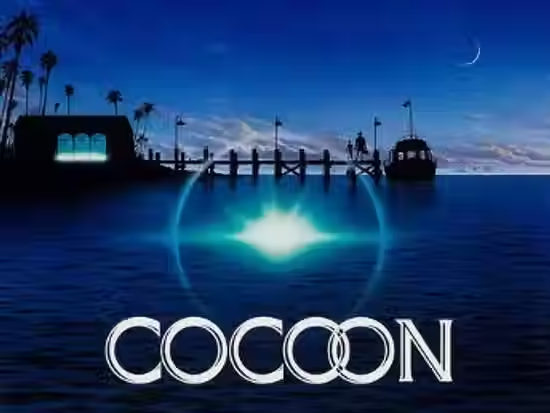
62mins: Cocoon (1985). Credit: 20th Century Fox. "In Cocoon and Close Encounters leaving the Earth and entering space is presented as the fulfilment of secret hopes and dreams, a transition into another realm altogether, another form of existence."
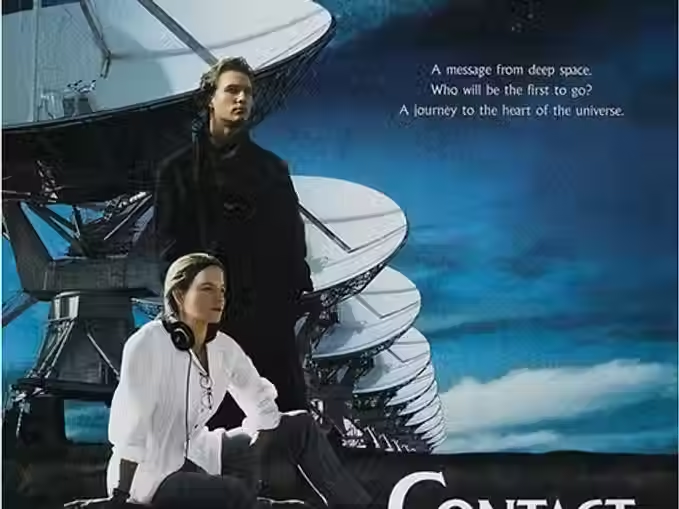
63mins 20 secs: Theatrical poster for Contact (1997). Credit: Warner Bros. This film, as is the case with Gravity (see below), focuses on characters whose trips through space transforms them, personally, intellectually, spiritually.

64mins: Theatrical poster for Gravity (2007). Credit: Warner Bros. The character escapes her problems on Earth and returns with a "renewed appreciation for life in all its forms, and for the planet, the water, air and soil that has nourished life."

65mins: Theatrical poster for Avatar (2009). Credit: 20th Century Fox. A film about "escaping the Earth for a better life." Unlike the previous two films, however, there is no return to Earth.
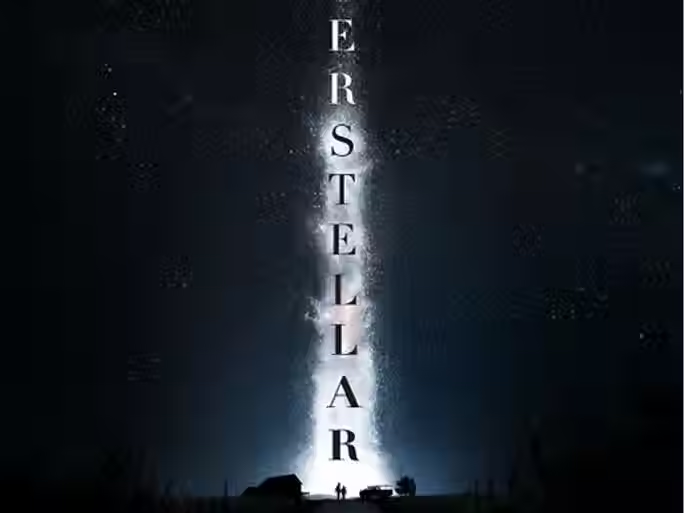
66mins 10 secs: theatrical poster for Interstellar (2014). Credit: Paramount and Warner Bros. Another film where characters escape our planet for a better life (and do indeed find a better life). "One might think" said Peter, "that both Avatar and Interstellar have happy endings. But this impression can only be sustained if, much like the protagonists, we forget about life on Earth in these two films."

70mins: Final shot of Avatar (2009). Credit: 20th Century Fox. Jake Sully (Sam Worthington) "turns to look straight at the camera and us, much like the star child does at the end of 2001."

70mins 30 secs: Final shot from 2001: A Space Odyssey. Credit 20th Century Fox. Peter concluded his talk reflecting on thos "two final looks at the camera" in Avatar and 2001, suggesting that they "would seem to convey a message: It’s your turn now. What are you going to do? Right now, right here, on this Earth!."

Peter Krämer
Peter Krämer is a Senior Research Fellow in Cinema & TV at De Montfort University in Leicester. He also is an Honorary Fellow in the School of Media, Language and Communication Studies at the Universi...

NASA's "Blue Marble" Photograph Fifty Years On
Dec 7, 2022
A series of talks, workshops, performances and artworks devoted to revisiting the impact and legacy of NASA's "Blue Marble" photograph.